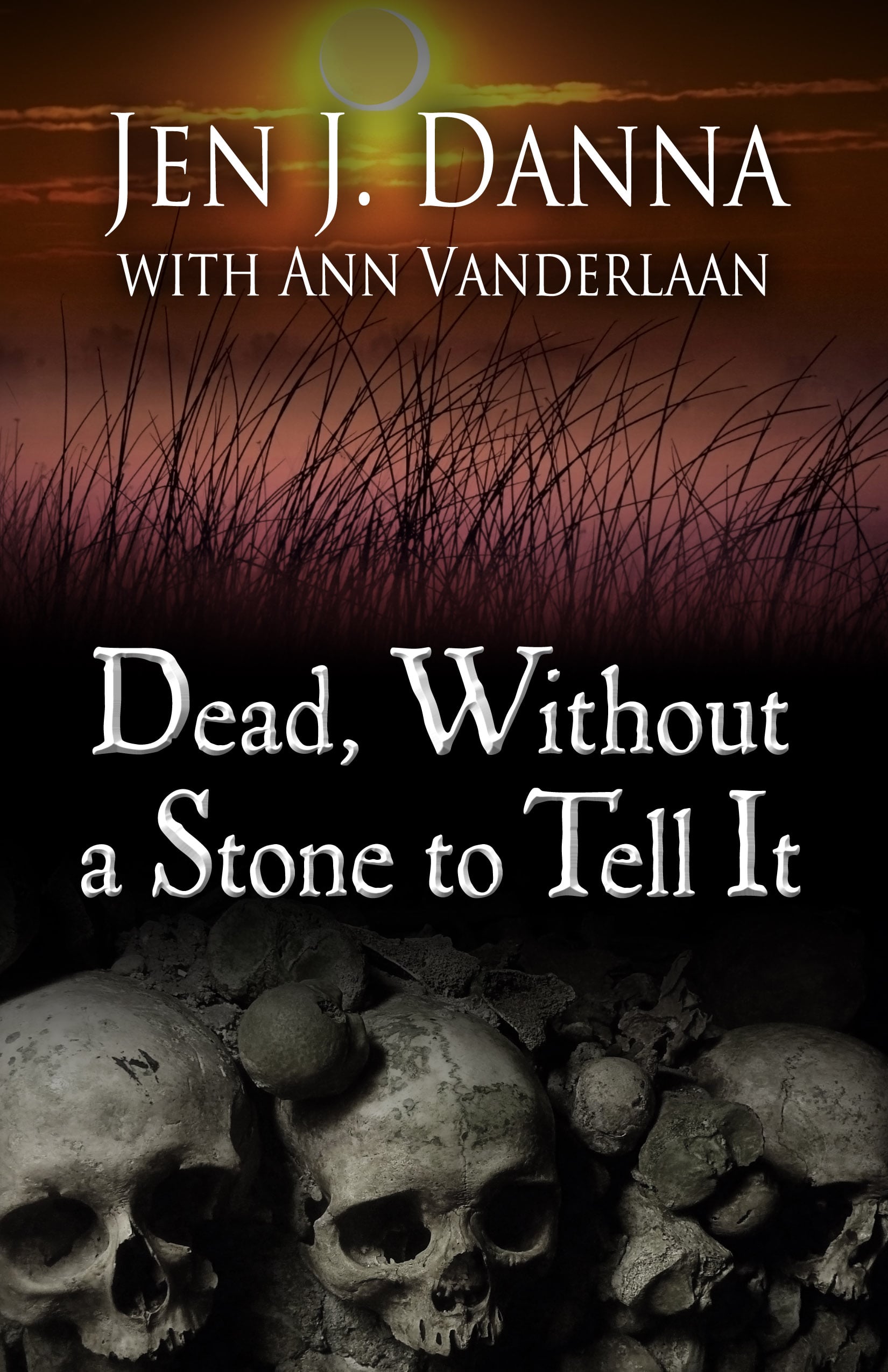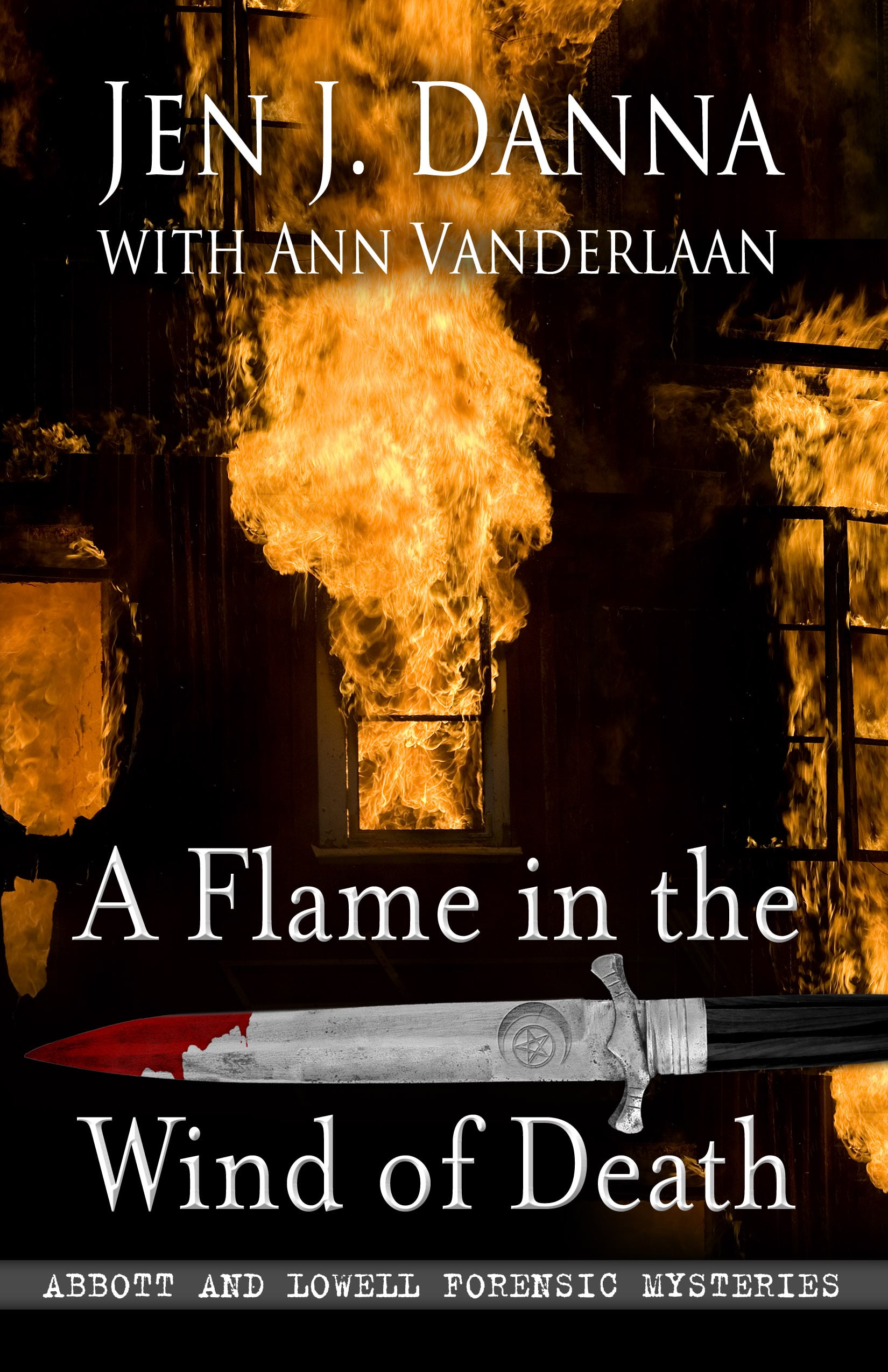Cover Shoot and Reveal for NO ONE SEES ME ‘TIL I FALL
/The second instalment in the Abbott and Lowell Forensic Mysteries releases November 26th as an e-book. We wrote this novella to bridge the gap in publishing between DEAD, WITHOUT A STONE TO TELL IT and A FLAME IN THE WIND OF DEATH. Matt and Leigh’s second case together occurs very soon after their first in the timeline. As an added bonus, the first several chapters of A FLAME IN THE WIND OF DEATH will follow the novella itself as a taste of what’s next in the series.
Since Ann and I are self-pubbing this series entry, we also decided to tackle doing the cover ourselves. No easy task when we’re fitting into the framework of excellent existing series covers:
Luckily, my eldest daughter is currently in the second year of her Bachelor of Applied Arts in Photography program and she offered her skills and artistic eye—as well as the school’s professional studio—to produce the cover.
We did the cover shoot last week. My youngest daughter was kind enough to be our model, so it was a real family affair. Here are a few behind the scenes shots from the cover shoot in progress.
Model positioning and lighting set up:


The moment that turned into the final shot:

After the shoot came post production. I knew the shot I wanted as soon as I saw it, but we needed to play around with the possibilities of full colour versus black and white:
While we wanted to convey the starkness of the victim’s plight, we decided that black and white was too monochromatic. In the end, we decided that a desaturated version of the full colour photo best conveyed our theme.
Then came cropping, image correction, and adding authors’ names and the Abbott and Lowell series banner. We decided on a title font that had a touch of Sanskrit flow to it, and we were done.
We’re proud to present our final result:
Only the joint forces of science and law enforcement can help when a young woman is found brutally murdered with her identity erased.
Massachusetts State Police Trooper Leigh Abbott and forensic anthropologist Matt Lowell come together to solve their second case when the remains of a young woman are found, thrown away like garbage at a local landfill. But what seems straightforward becomes something much more sinister when the victim’s bone damage reveals a shocking history of abuse. It will take reliving the horrors of Matt’s military background, all the team’s forensic skills, and Leigh’s intuition combined for them to catch the killer and give the victim the justice she deserves.
So what do you think of our new cover?
We’re in the finishing stages of putting together a mini street team for this release. So if you read and loved DEAD, would like to get early, free access to our material and would be willing to write reviews on the book for Amazon and Goodreads to help create buzz, please let me know and I’d be happy to add you to our list!
Photo credit: Jessica Newton Photography












 12.1%
12.1%